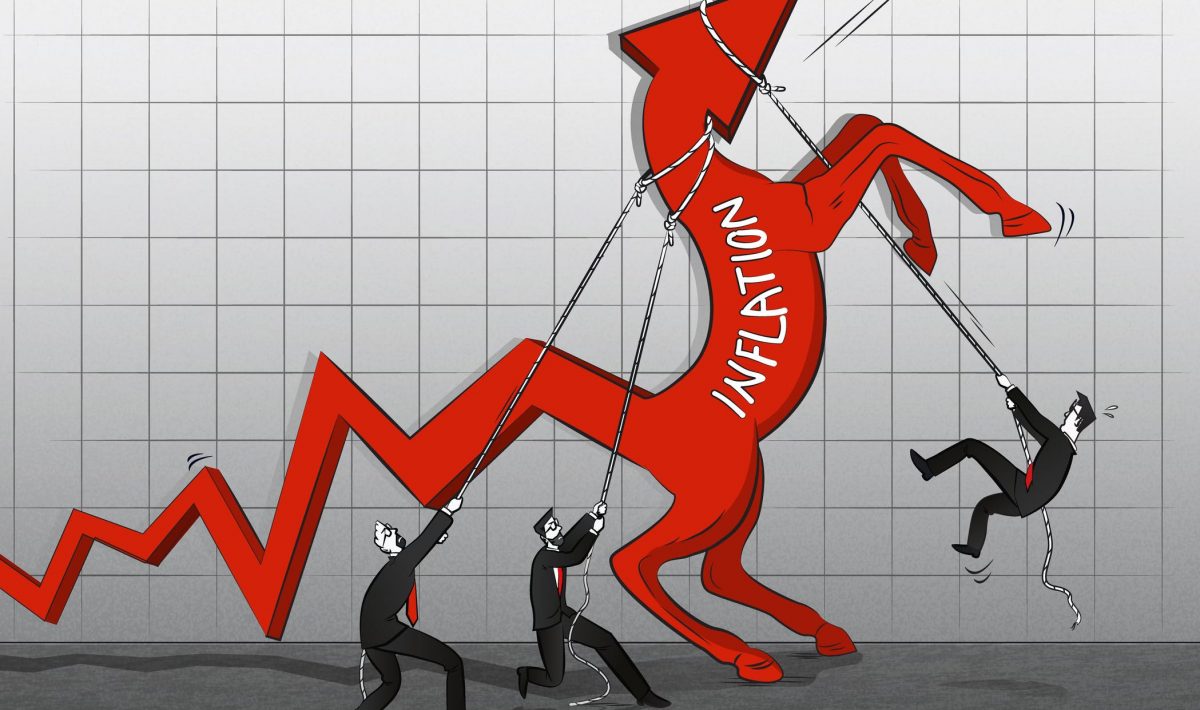Navigating Economic Waters: Exploring the Federal Reserve’s Strategies for Inflation Management
Inflation, the rate at which the general degree of prices for goods and services rises, is a vital worry for national banks all over the planet. In the US, the Federal Reserve plays a vital job in overseeing inflation to advance economic stability and development. The strategies how does the fed control inflation utilized by the Federal Reserve for overseeing inflation and navigating the complex economic waters.
Financial Approach Tools:
The Federal Reserve has an assortment of money related strategy tools at its disposal to impact the pace of inflation. One of the essential tools is the control of interest rates. By raising or bringing down the federal funds rate, the rate at which banks loan to one another short-term, the Fed can impact getting and spending conduct, thereby affecting inflationary pressures.
Open Market Operations:
Another key device used by the Federal Reserve is open market operations, which include the trading of government securities in the open market. At the point when the Fed buys securities, it injects cash into the monetary system, prompting lower interest rates and increased acquiring and spending, which can stimulate economic action and possibly increase inflation. Conversely, when the Fed sells securities, it removes cash from the monetary system, which can assist with hosing inflationary pressures.
Forward Direction:
Forward direction refers to the correspondence strategy used by the Federal Reserve to give direction on its future financial arrangement intentions. By giving clear and transparent correspondence about its inflation targets and strategy standpoint, the Fed aims to impact market expectations and shape economic way of behaving. Forward direction can assist with mooring inflation expectations and keep them from becoming unanchored, which can add to more stable inflation outcomes.
Inflation Focusing on:
As of late, the Federal Reserve has embraced an unequivocal inflation focus as a feature of its financial strategy structure. The Federal Reserve’s ongoing inflation target is set at 2%, meaning it aims to accomplish a yearly inflation pace of 2% over the more drawn out run. By openly stating its inflation target and focusing on accomplishing it, the Fed aims to give lucidity and stability to monetary markets and households, thereby assisting with mooring inflation expectations and support cost stability.
Overseeing inflation is a sensitive difficult exercise for the Federal Reserve, how does the fed control inflation requiring a blend of money related strategy tools, forward direction, and inflation focusing on strategies. Via cautiously navigating the economic waters and carrying out powerful policies, the Fed aims to accomplish its double order of advancing greatest business and stable prices, thereby supporting long haul economic development and prosperity.



